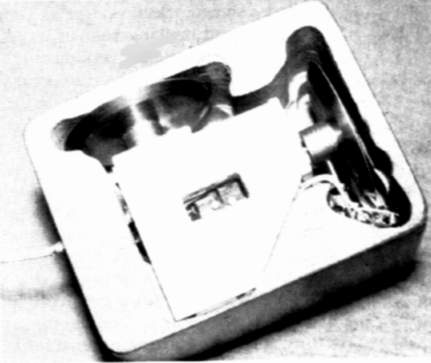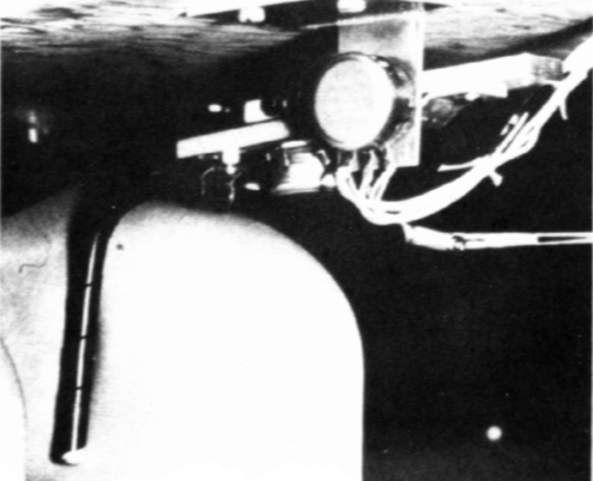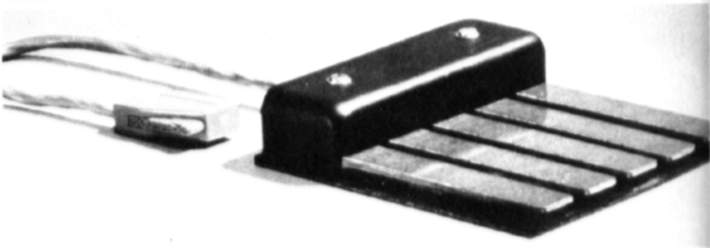| Douglas Engelbart - The Man Who Invented The Future |
Page 2 of 3
A better pointing deviceIn early 1964 Engelbart's group started to look at the problem of user interaction with the machine. They had a video display as an output device but the keyboard didn't seem to be its equal as an input device. You could look at the screen and see what it was showing you but typing was a far less natural skill. They needed a pointing device. At the time light pens and trackball were the standard pointing devices but Engelbart wanted to see if there was anything better. There is no real information as to why or how he thought of trying an upside down trackball but he did and so invented the mouse.
An upside-down trackball, aka the mouse It wasn't his only attempt at a pointing device. He tried a knee driven device that left both hands free - but knee fatigue set in and reduced the pointing efficiency.
An alternative knee pointing device In every case the mouse won over the others. They left all of the pointing devices connected to try to see which one users preferred but after a while it became so clear that the mouse was the only one they actually used that they disconnected the others.
Why the mouseNow for the great question. Why was it called a mouse? Some people have said that it was because the connecting lead looked like a mouse's tail. Engelbart is less clear about the origin of the name. and is even more surprised that after so many years the name has stuck. At first he couldn't understand why the mouse didn't catch on quicker than it did. Then when it did he couldn't understand why users didn't seek something even better! He always thought that the mouse was just a stop-gap measure until something better was invented - but this seems unlikely unless you are willing to look towards the very long term future and some form of "thought control" or direct man-machine connection. The mouse is an optimal pointing device in the sense that it can be proved that, given time to adjust to its use, you can point with it as easily as with your finger. The KeysetThe mouse may have caught on but his second great input innovation is yet to find popular acceptance. The keyset was a five-key one-hand keyboard that allowed the user to type any character by pressing a combination of keys. It was easy to use and faster than the traditional keyboard but, like other alternatives to the QWERTY keyboard, never managed to establish itself as a standard.
The keyset - intended for faster, one-handed typing
Although the mouse is what we remember, Engelbart's experiments went much, much further. The video displays used stroke graphics rather than bitmapped graphics and this made the mixing of text and pictures natural. The software that they developed made use of windowing to allow the user to view different documents at the same time. It also worked with an early imagesetter to allow documents with mixed text and images to be produced. They also implemented e-mail and a shared journal system based on ARPANET. The journal was eventually developed into a linked structured document that was the forerunner of hypertext software. With all of this going on the only surprising thing was that the world wasn't beating a path to their door. After all they may not have invented a better mouse trap - but they had invented the mouse and a whole lot more! <ASIN:B003MAK5E6> <ASIN:0497346036> |
||||
| Last Updated ( Saturday, 16 February 2019 ) |



